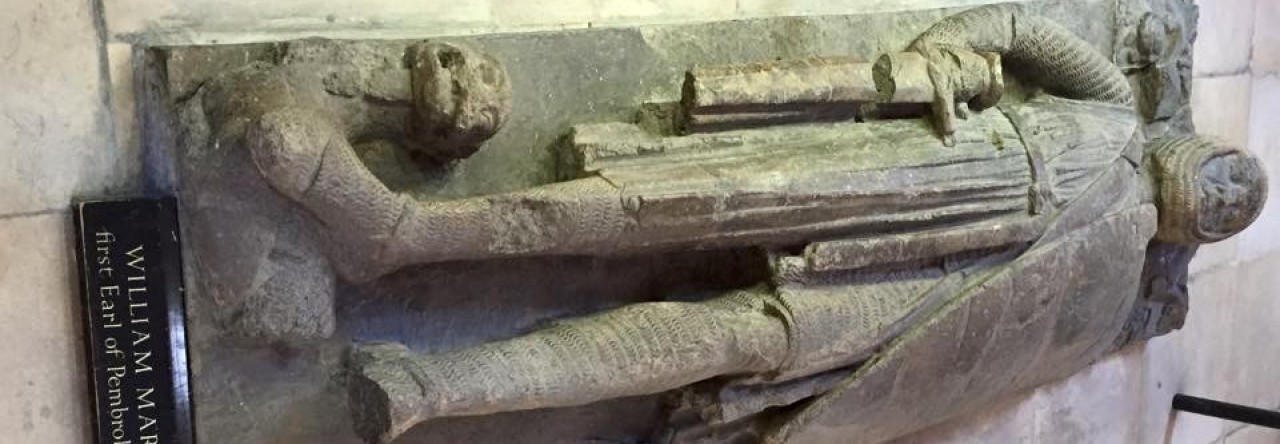Last week I covered investor conferences, this week I will discuss non-deal roadshows (NDR). In a typical company, NDR are the second highest source of in person meetings with investors (conferences tend to have the most meetings).
In many ways, NDR are very similar to investor conferences, they are another form of corporate access run by the banks that being management to meet with clients of the banks. Their difference is that the meetings are in the offices of the investors instead of at the conference site, but otherwise the meetings are similar in format to those at investor conferences. They are either questions and answers directed by the investor, a review of the standard investor relations presentation by the company or usually a combination of both. Regulation FD (fair disclosure) is still in full effect, so no material, non-public information can be discussed. You need to be extra cautious on any answers related to disclosure as you cannot confirm guidance as the SEC considers that as giving new guidance.
The main reason for doing a NDR is that it greatly increases the chances of you talking directly to portfolio managers or other key decision makers. These are the people that make the buy or sell call on your stock and they normally do not go to conferences on a regular basis. Normally they send their analysts to conferences. Another important advantage is that the larger firms with multiple funds often send multiple analysts or portfolio managers to your meetings where in a conference they normally only get one slot. So you directly access more decision makers at once. For the large companies, who and how many attend can be a good indication of how deep and broad the general interest at the firm is.
Logistics
Banks normally ask you to do a NDR for them. If there is significant demand, you may even get requests from banks that do not cover you. I recommend sticking to the banks that cover you as a courtesy and payback for the effort they make, but there might be a specific reason to use another bank. If no one has asked you and you want to do one, reach out to your covering analysts yourself or the investment banker that covers you.
Meetings are normally arranged by the sales force with the assistance of the analyst. If you remember from my blog on working with investment bankers, the sales force works for “the desk”, so your banker can help give a push inside the bank. So even if the analyst asked you to go out for them, there is no harm in mentioning it to your covering banker.
You can arrange your own meetings or suggest investors that you are targeting or that have requested a face-to-face meeting. The bank will want to limit the meetings to their clients and different banks have different tiers they service (large banks do not have many small clients while smaller banks will have more small clients). Even if you are suggesting a meeting, it is good practice to tell the investor to contact the bank and ask as well. The sales force may appreciate a chance to pitch to a client and start a relationship.
You are expected to make your own travel arrangements and pay your own hotel and meals expenses. The bank almost always provides local transportation at the city where the meetings are happening. Meetings are typically booked in 1.5 slots with 1 hour of meeting time and 30 minutes of travel time. In some cities the travel time is reduced and sometimes when there is big demand for meetings the meeting time gets crunched down to 45 minutes. Expect a long and tiring day, so try and get rest before the meetings. If demand is really large, expect a group lunch or dinner. Otherwise, make sure you eat.
Typical cities
This will vary, and I am writing as a USA-listed company CFO. I have lived in Asia, so I have more experience there, but not as much in Europe and none in the Middle East.
New York and Boston
These two have the most funds and have the most investment dollars available to invest in US companies. When you are offered an NDR, the analyst, who is at least partially paid based on trading volume run through his firm, will wants to do meetings in these two cities. I don’t mean this to be a travelogue, and I would assume that most people are familiar with the cities. NYC is bigger and even with the high density of funds, there can be lots of travel time from place to place. Very often you will get to a meeting faster if you walk. Traffic can a very, very bad. When the UN is opening a session or the President is visiting (or another major leader like the Pope), bad traffic can turn into a nightmare. Boston is a little easier to navigate as the central core where most of the funds are is smaller. There are several very large funds in Boston where you could draw a large crowd if they are interested.
There are a few pockets of investors outside in the greater NYC area, but normally the time it takes to get to New Jersey, Connecticut or Philadelphia is not worth it. NYC tends to have more hedge funds. Boston a bigger concentration of more traditional mutual funds. Both cities draw lots of management teams and the funds are not as excited about that as other cities are.
If you are traveling between the two cities, I suggest the Amtrak Express train. Much less affected by weather and the stations are right in the middle of where your meetings are. One major fund company is a cross the street from South Station in Boston.
Give yourself extra time, especially in NYC, to show ID to enter every building. Security can be tight. Make sure you bring picture ID.
London and Europe
This is probably the location with the largest concentration of investors. A few other cities like Zurich and Frankfurt have a good amount as well, but London is the biggest. My experience here is much more limited, but I have been to both conferences and NDR in London. Not too different than NYC where the concentration is good but traffic and the sheer size of the city means that getting from meeting to meeting can add delays. I was stuck behind the Queen in a horse drawn carriage once in London as some ceremony in the Parliament had her traveling and the traffic loop in from of Buckingham Palace is a main route to and from the City. You can end up with a few meetings pretty far apart and the Tube is the best bet to avoid traffic in that case.
Zurich, Geneva and Edinburgh are other cities that may be worth a visit. I have not been to Frankfurt or Paris but both have fund managers there as well. If you are already in Europe anyways, it may be worth an extra day or two to visit cities other than London.
Hong Kong
Like NYC, this is the city with the highest concentration of investors and probably the one where you are most likely to walk from meeting to meeting. The walking is through a maze of shopping malls, so a local guide is good. A lot of American and European funds have their Asian office here, so if there is an Asian connection to your company it is a good place to visit. Many hedge funds here that are either local money or branches of other Western hedge funds.
Singapore
I lived here for a few years and was CFO of a company listed in the USA but HQed here, so I did quite a few NDR there. You probably will not do too much walking here because of heat and humidity but the central core with most of the funds is not that large. For the most part, the funds here also have an Asian theme so not as much demand for pure American companies but if you have flown to Hong Kong it is not that far to Singapore. The sovereign wealth funds here can be good, long term shareholders if they are interested.
Smaller USA cities
One you get out of NYC and Boston, it does get harder to fill a whole day with meetings in most other cities. However, there are probably 10 other cities that have enough funds that a visit is worthwhile. One big benefit is that management teams do not travel to these cities anywhere near as often and you are much more likely to meet with a portfolio manager or other investment decision maker in a smaller city than a larger one. Smaller cities tend to have smaller accounts and make a good match for any smaller banks that cover you.
The meetings themselves
As always, I suggest that you do not go to the meetings alone. Running around NYC or other cities can be a logistical nightmare, and having a friendly person in the room with you can help protect you should strange trading happen while you are doing the NDR and people wonder what you said.
Your covering analyst will often go to meetings with you. They will write a report after the NDR, usually after giving their clients a couple of days to act themselves. This is a good chance to make sure they know you story better and can articulate the points you were making in the meetings. You also will get to spend more time and develop a better and more personal relationship with your analyst. I have never met one that was not overworked and understaffed, and spending 2-3 days with you on an NDR is a pretty big commitment. Understand that and try and return the favor, even if it is a few kind words about the analysts to the accounts they cover.
The other person that may attend your meetings in the sales person that covers the account. It might be tempting to think they are not as important as the covering analyst, but they are the ones with the day to day relationship with the people that may be buying and selling your stock. Many are very experienced and meet management teams all the time. Saying a thank you for their help and asking them what their clients are worried about might give you a good tip or two. I do know a good sales team makes a difference for your covering analyst and it doesn’t take much effort to show appreciation for the meetings you set up. If you ask in advance, the sales force will print your standard presentation out and make sure that their accounts have a copy. When they can’t attend the meeting, they might give you a copy to leave with their client.
Some accounts, especially in Boston, do not allow banks to attend unless on a deal roadshow.
The meetings with the investors themselves are quite different than at conferences, if only because they are in their office. You probably are meeting with some of the most senior people at the firms you are visiting, so listen to what questions they ask and ask a few questions back to them as well. I have always found the very big funds in Boston are the most courteous and respectful but they are also super professional. The notes from your meeting will go into a database and they keep track of what you say and what happens. The meetings are very much part of judging you as well as the company and the person that could be pulling the trigger on very big investments in you is asking you questions.
Like any marketing speech, you need three to five key points you want to leave at each meeting. Make sure you know what they are and deliver that message each time. You really only have time to do a few NDR a year at most, so make it count. Unlike investor conferences and talking to analysts, talking to portfolio managers at their offices can lead to quicker decisions.
One Up On Wall Street: How To Use What You Already Know To Make Money In The Market
One Up On Wall Street: How To Use What You Already Know To Make Money In The Market


